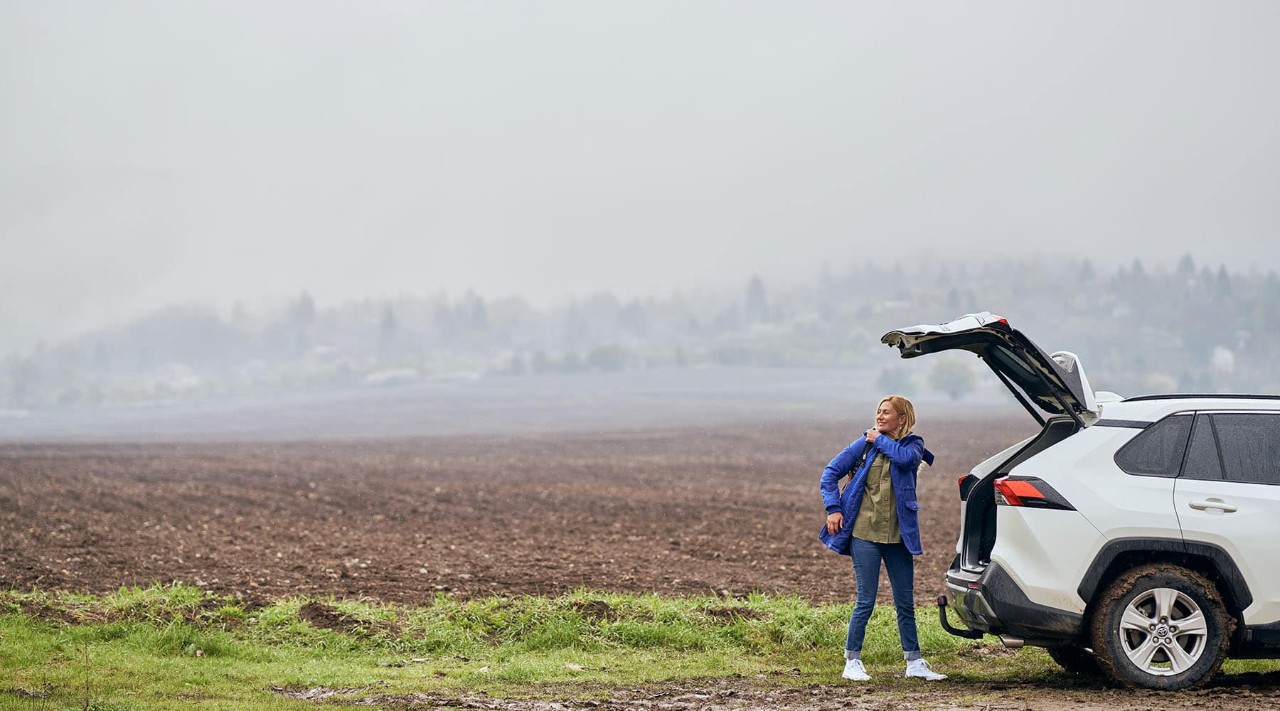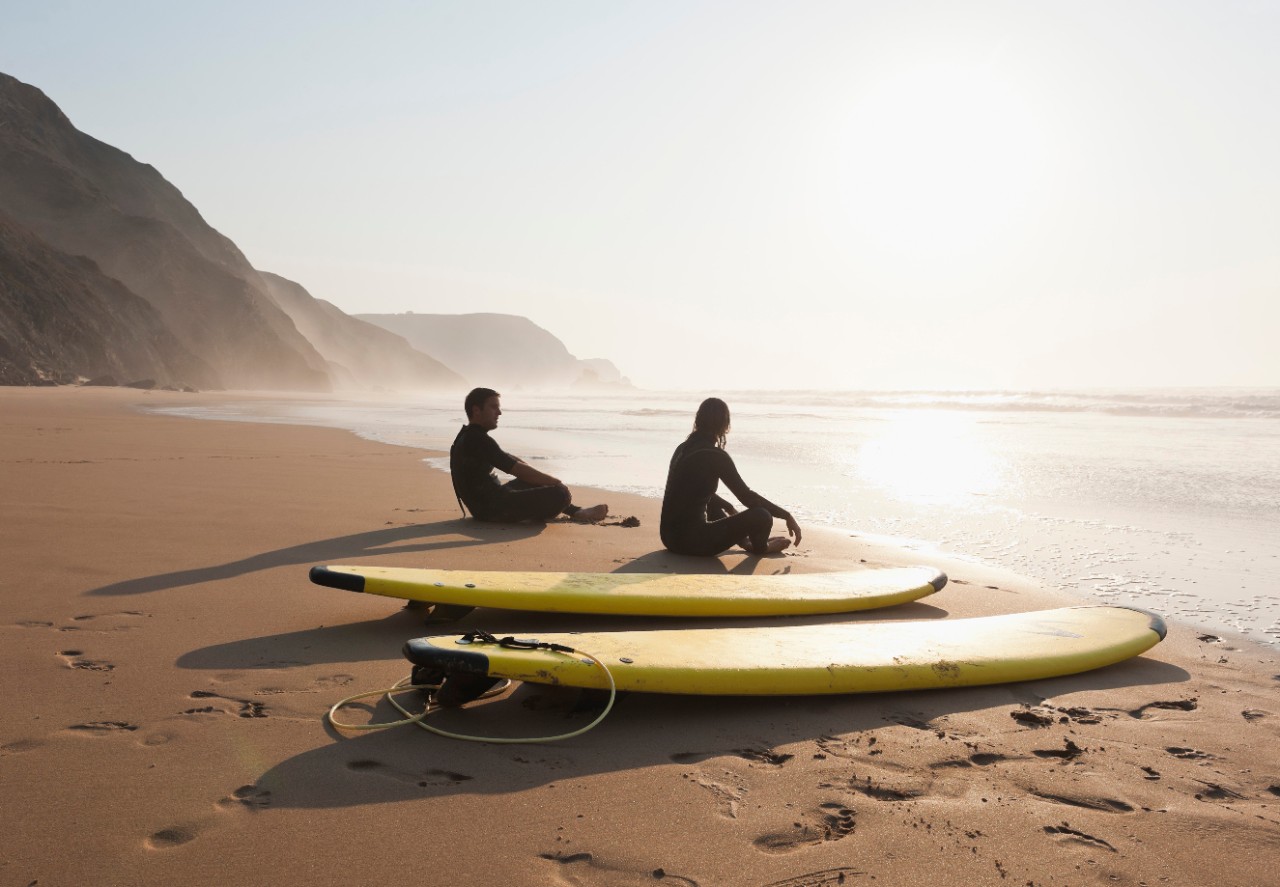For Your Home:
- Clear the gutters, down-pipes and drains
- Check the attic for leaks
- Check that windows and doors are watertight
- Move your pets and valuables to safety
- If necessary, use barriers e.g. sandbags to block water from entering
- Have containers ready in case of a leaking roof
- Be ready to turn off electricity/utilities if water enters your home - this can be dangerous in wet conditions so use a suitable length of wood to provide insulation
- Floodwater can become contaminated with sewage, so try to avoid direct contact
- After flooding, check if the water supply is safe to drink before using it
- Have protective clothing and rubber boots at the ready
- Don’t go into a room if electrical cables or outlets are under water, or if you hear unusual noises
For Your Car:
- Know what happens in the area where your vehicle is usually parked when there are heavy rains or rising water. If the area is prone to flooding it is suggested to park it elsewhere if possible
- It takes longer to stop a vehicle on wet roads so slow down and allow extra distance between you and the vehicle in front
- Take special care when driving behind large vehicles and trucks as they generate a considerable amount of spray which reduces your visibility
- Watch out for washed out roads, earth slides, broken water or sewer mains, loose or downed electrical wires, and fallen or falling objects
- Avoid low water crossings and use alternate routes to avoid flood prone areas
- 6 inches of water can make you lose control of your car, it can also cause stalling
- Your car can float in just one foot of water
- Two feet of flash flood waters can sweep your car away
- If you are inside a vehicle and water is rising rapidly around you, abandon the vehicle immediately and remove all articles of value. If it is likely that water has been ingested into the engine, do not attempt to start the vehicle. Report the incident to your insurance company. If you have to leave your vehicle, be wary of strong currents and debris
- Do not create a bow wave which could cut the engine
- Be aware of the danger of aquaplaning especially on roads with 100 km/h and 120 km/h speed limit. Leave your vehicle immediately if it stalls in flood waters and act quickly as rising waters make vehicle doors difficult to open
- After going through water, drive slowly with your foot on the brake pedal for a short distance - this helps to dry the brakes





